There is a genus of tropical plants belonging to the family of Malvaceaesubfamily Sterculiaceae. These are evergreen plants native to the forests of West Africa, grown in countries such as Ivory Coast, Sierra Leone, Senegal, Nigeria. The kola nuts, are used for the production of carbonated drinks, the most famous of all is obviously Coca-cola. Due to this great demand from the market, the cultivation of this tree is now also practiced in the tropical areas of South America and Southeast Asia. The type species of the tree genus is the Cola acuminata (which we will describe botanically), species are also very widespread Cola clear And Real cola.
So let’s see everything there is to know about this exotic tree.
Description of the cola tree
The cola is an evergreen tree or rather a shrub, even up to 20 m tall. It has sturdy trunks, which reach 50 cm in diameter, whose bark is slightly cracked, blackish-gray in color. The younger branches are cylindrical, with slight longitudinal ribs, the shoots are pubescent.
Leaves
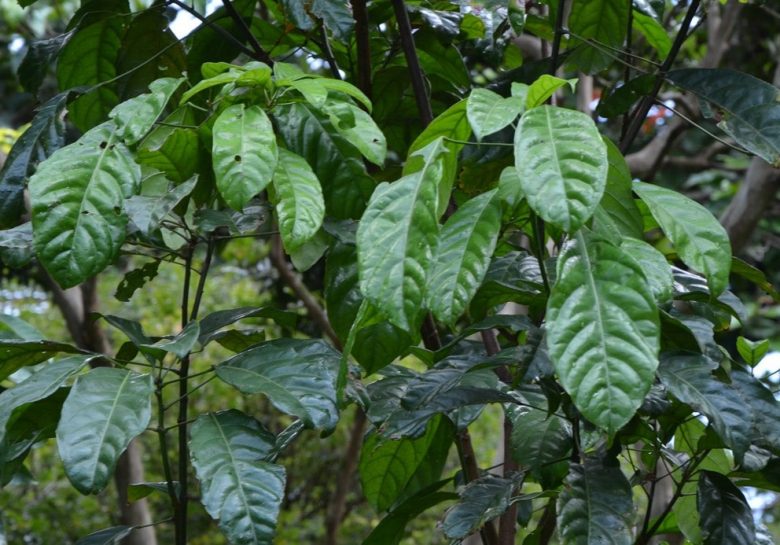
The leaves of the cola are persistent, inserted alternately on the branches and equipped with a robust and long blackish petiole at the ends. The leaf limb, oval or elliptical, is narrowed into a wedge at the base and at the apex it has a thin 1-2 cm long tip. The consistency is leathery, the color green-brown on the top, reddish on the underside. The leaf surface is glabrous, with the secondary veins clearly visible.
Flowers
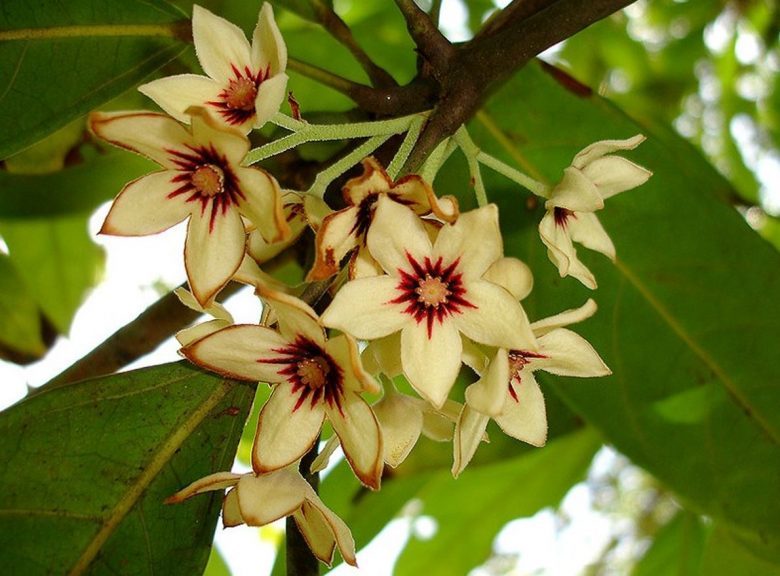
The inflorescences of Cola acuminata they are panicles placed at the axil of the leaves and at the end of the branches. The flowers, unisexual or polygamous, are completely devoid of corolla. The 5 yellow and showy segments, streaked with purple at the base, are nothing but the expanded lobes of the thin, tubular and greenish calyx.
Kola nuts
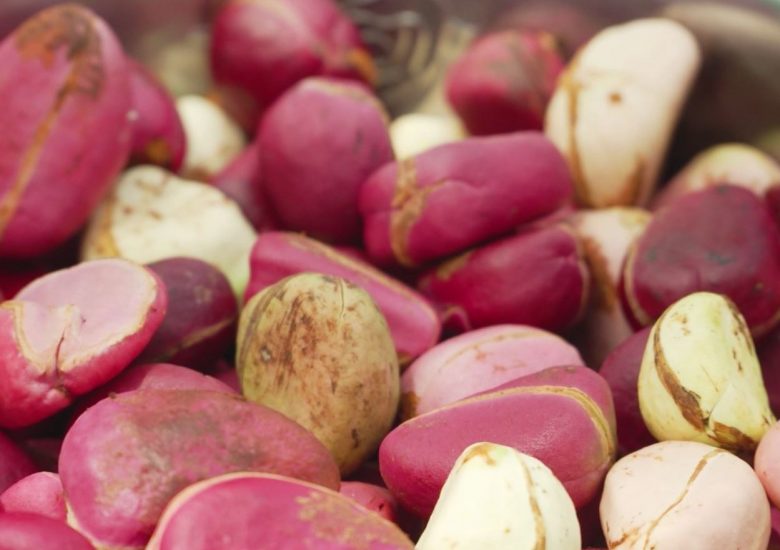
The fruit of the cola is a reddish follicle, that is a kind of legume that opens laterally, 10-15 cm long, very leathery. Inside it contains the seeds, or kola nuts. Before maturity they appear as tubercles within the envelope, consist of cotyledons and are rather irregular in shape. From fresh they vary from white to yellow, dry they are reddish.
For harvesting, the nuts are harvested from the kola trees just before they are fully ripe. They open to extract the seeds, which are deprived of the protective film that surrounds them. In the countries of origin this fruit is used fresh, while for industrial use, in Western countries, it is dried and often reduced to powder. The dried seeds generally divide into the two or three lobes that make up each cotyledon. The lobes have a clove shape, with a rounded face and two more or less flat, the color is brown.
Active ingredients and properties of cola
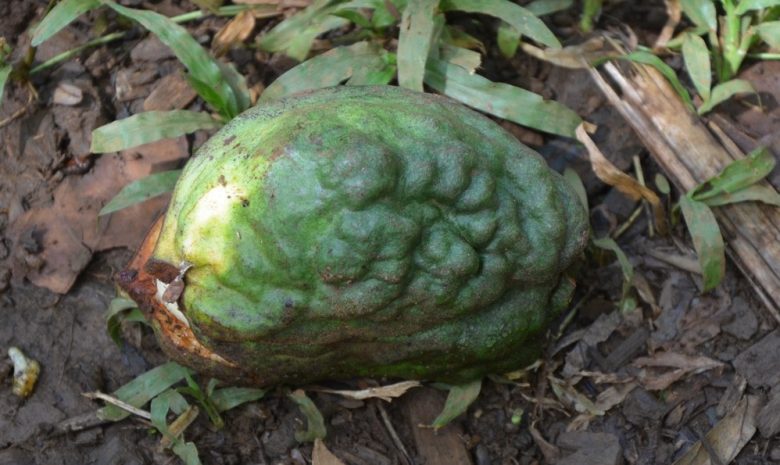
The main constituents of the fruit are: caffeine (about 2.5-3%), theobroimin (about 0.2 – 1%), tannins, catechetical substances, starch, trace elements. The following properties of kola nuts derive from these active ingredients: flavoring, stimulating, toning, energizing, astringent, healing.
Industrial uses of kola nut
The kola nut has marked bitter-tonic characteristics exploited in the carbonated beverage industry, in liqueurs, for stimulating drinks. In the past, the pharmaceutical industry used cola extracts to correct the taste and smell of unpleasant medicinal preparations, while exploiting their effective health properties.
The cola in herbal medicine
Cola is primarily an energy tonic like coffee and tea, of which it contains the same active ingredients, including, mainly, caffeine and theobromine. The action of the caffeine contained in this fruit is modified by the presence of other substances that prolong and soften the effect, making it less vigorous than that of coffee or pure caffeine.
The use of the plant dates back to the African indigenous peoples who chewed fresh walnuts to alleviate fatigue, sleep and thirst, during long marches or transporting heavy loads. Another traditional use of the pulverized fruit is to heal wounds. In modern herbal medicine, it can also be useful as a mild stimulant for tired or convalescent people, for intellectual work, for sportsmen. Slightly excites the heart rate and activates kidney function.
These dried nuts, in powder form or in tincture do found in herbalist’s shops and specialized shops.
Domestic use
For use at home either you buy ready-made cola powder, or you grind the dried nuts to a powder with a mortar. The powder can be taken at a dose of 1 g in a host, once or twice a day, for a limited period of time.
Another use is the preparation of an infusionwhich is made with 1 g of powder in 100 ml of water.
Contraindications of cola
One of the most common uses of it is that in the form of supplements, taken by athletes to improve performance. This type of use is very risky as it is easy to exceed the tolerated caffeine doses doping controls (since 2005, caffeine has been excluded from the list of prohibited substances, but is still subject to “monitoring” by the anti-doping authorities). For the same reason, the use of cola is not recommended for pregnant and lactating women, as we suffer from heart problems and hypertension.
This type of precaution should also apply to the abuse of carbonated drinks, which in addition to the concentrations of caffeine deriving from cola contain enormous quantities of refined sugars.

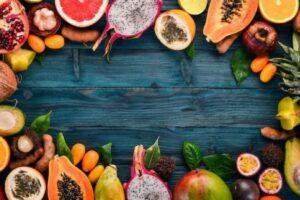
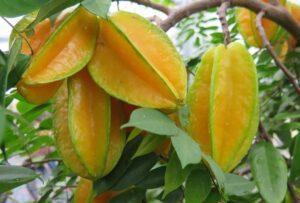
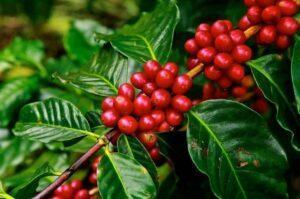
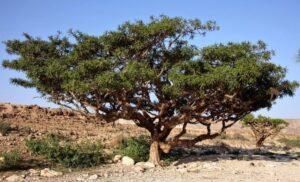
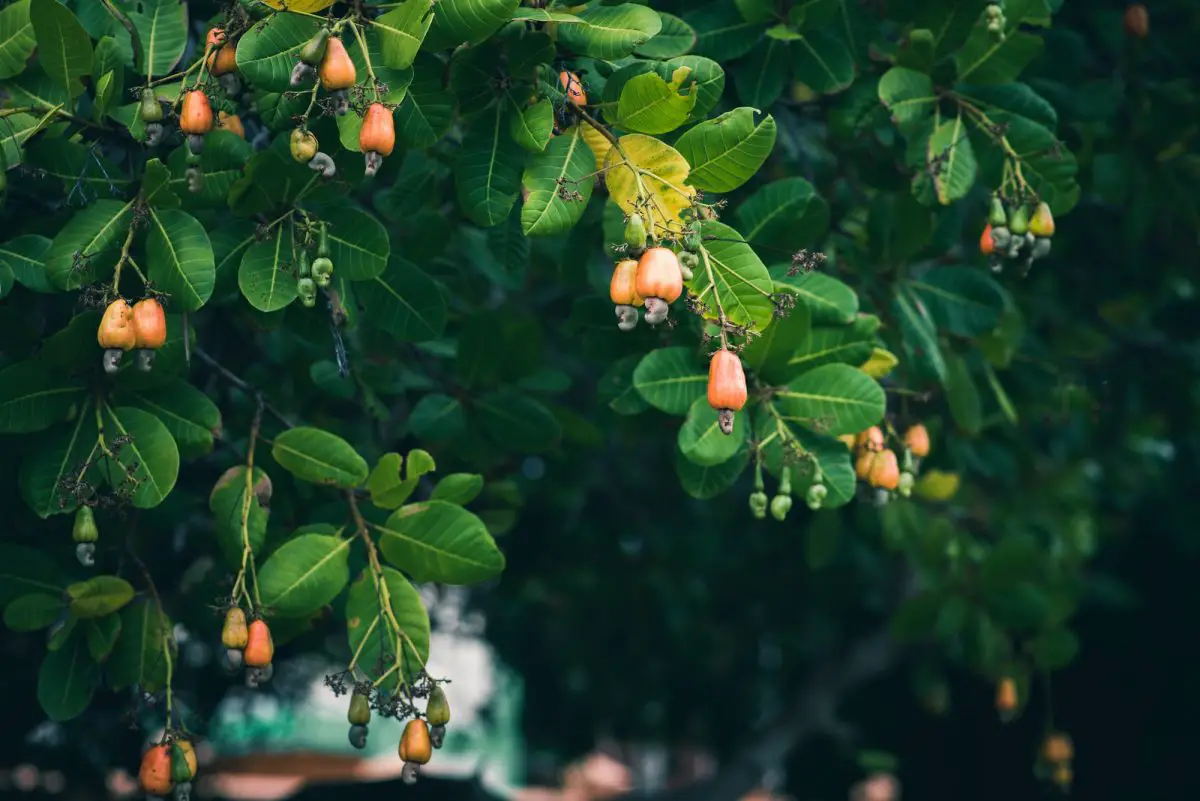
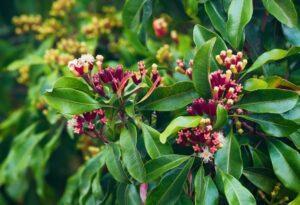
Start a new Thread